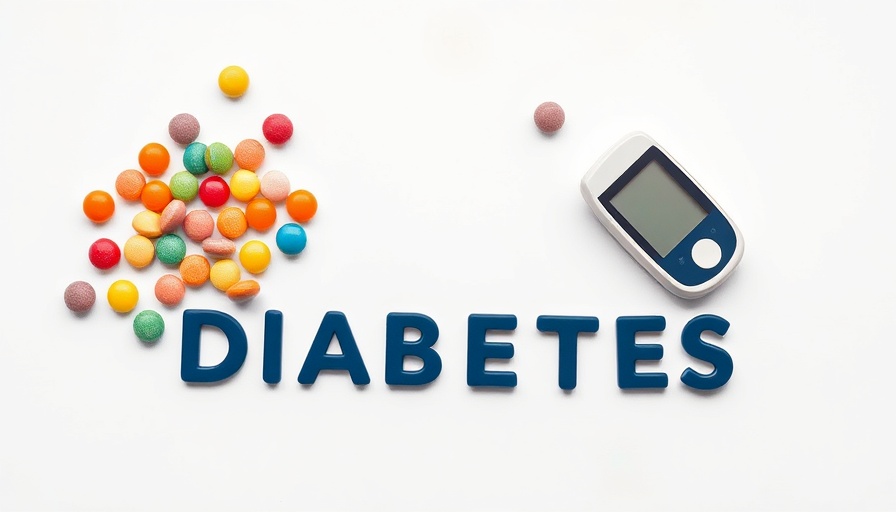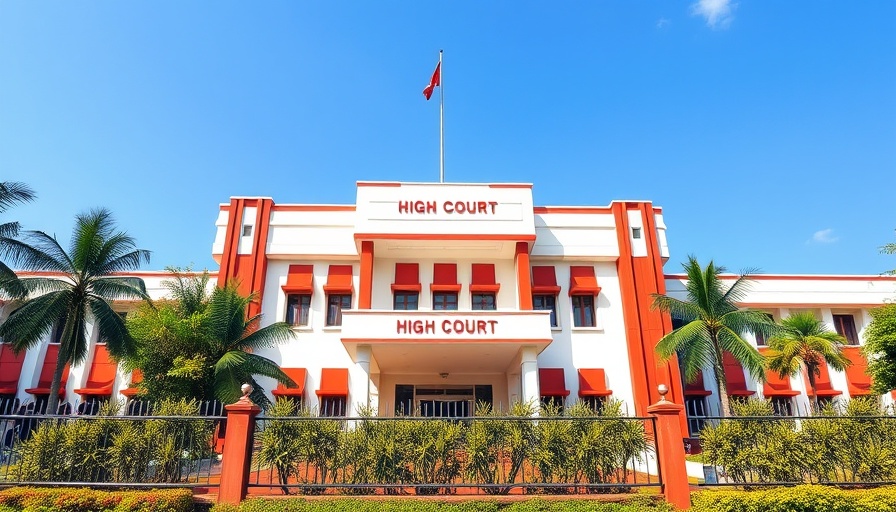
Understanding the Link Between Diabetes and Oral Health
As life expectancy increases, the health challenges faced by the elderly continue to evolve. Among these is the connection between diabetes and oral health, which has recently emerged as a pressing concern. According to findings from the LASI survey, individuals with diabetes are at a significantly higher risk for oral health issues, particularly among the elderly population. This correlation not only underscores the importance of managing diabetes but also emphasizes the need for comprehensive dental care.
The Implications of Poor Oral Health in Diabetic Patients
Dental issues such as gum disease, tooth decay, and dry mouth can present significant obstacles for older adults managing diabetes. Poor oral health can lead to complications, including difficulties in eating, which may subsequently affect nutrition and overall health. For instance, patients experiencing tooth loss may struggle with maintaining a well-balanced diet, worsening their diabetes management. As a community, we need to be aware of these implications and provide support for those facing these dual challenges.
Raising Awareness Through Telemedicine
In light of these challenges, the role of telemedicine becomes increasingly important. Telehealth services offer a platform for elderly patients to receive consultations remotely about both their diabetes management and oral health care. This integration allows for more streamlined care, as healthcare providers can coordinate efforts between specialties, thus ensuring that patients receive holistic treatment. Telemedicine's accessibility provides a vital connection, especially for those unable to visit healthcare facilities in person.
Empowering Elderly Patients Through Education
Educating our seniors about managing their health is crucial. Awareness campaigns can help demystify the relationship between diabetes and oral health. Providing information on proper dental hygiene, nutrition, and the importance of regular dental check-ups can empower these individuals to take charge of their health. With the right education and resources, we can lessen the impact of diabetes on oral health and improve the quality of life for older adults.
Joining Community Efforts for Better Health Outcomes
Local initiatives can also make a world of difference. Community health programs focused on educating seniors about the connection between diabetes and oral health can galvanize support and build awareness. Moreover, outreach programs can bring dental care directly to the elderly, helping those who may have transport or mobility issues. When communities unite to address health challenges, they create environments where individuals can thrive.
Conclusion: Steps Towards Prevention and Care
With diabetes affecting a growing number of elders, recognizing its links to oral health is more important than ever. The LASI survey highlights the need for targeted interventions that focus on preventive care, education, and access to services, including telemedicine. By working together, communities can enhance the well-being of older adults, ensuring they receive the care they deserve. Stay informed, stay engaged, and help advocate for our elderly population's health.
 Add Row
Add Row  Add
Add 




 Add Row
Add Row  Add
Add 

Write A Comment